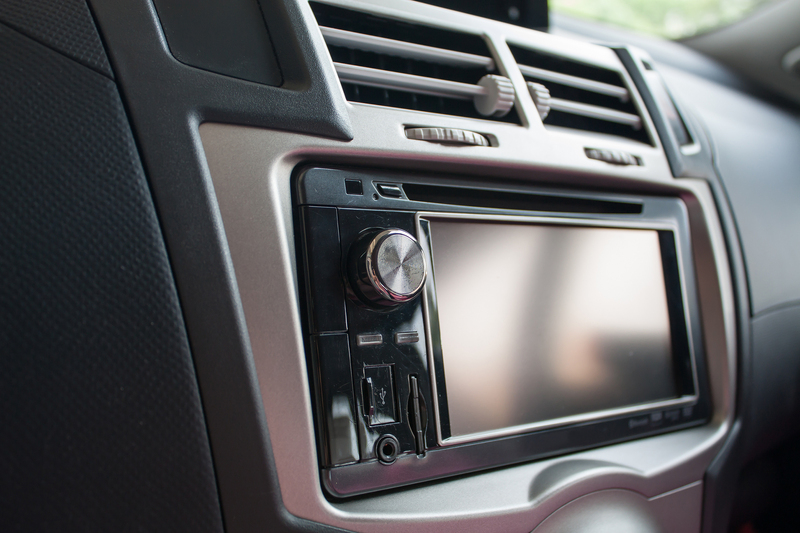Fragile Item Packing Instructions
Posted on 24/09/2024
Packing fragile items can be one of the most stressful parts of moving or shipping. Whether it's valuable
china, glassware, electronics, or cherished collectibles, ensuring these items reach their destination intact
is crucial. This article offers comprehensive, step-by-step instructions on how to pack fragile items safely
and effectively.
Materials You'll Need
Before you start packing, gather all necessary materials. These essentials include:
- Sturdy boxes in various sizes
- Bubble wrap
- Packing paper
- Foam peanuts
- Scissors and tape
- Markers for labeling

Step-by-Step Packing Instructions
Step 1: Choose the Right Box
Selecting the correct size and type of box is fundamental. A box that is too large can result in excess movement,
increasing the risk of damage. Conversely, a box that's too small might not offer sufficient padding.
Step 2: Cushion the Bottom
Start by adding a layer of packing peanuts or crumpled paper at the bottom of the box. This provides a cushioning
base for your fragile items.
Step 3: Wrap Each Item Individually
Each fragile item should be wrapped individually using bubble wrap or packing paper. For added protection, secure
the wrapping with tape.
Step 4: Place Items Strategically
Place the heaviest items at the bottom of the box. Ensure there is at least two inches of space between each item.
Fill gaps with packing peanuts or crumpled paper to prevent movement.
Step 5: Cushion the Sides and Top
Once all items are inside, add more packing material around the sides and at the top. This not only prevents
movement but also protects items from external shocks.
Additional Tips
- Labeling: Clearly label all boxes containing fragile items. This alerts handlers to treat the boxes
with care.
- Avoid Overpacking: Don't overfill the box as this can cause items to break. Leave enough cushioning
material inside.
- Double Boxing: For extremely fragile items, consider using the double boxing method for extra
protection.
Pros and Cons of Proper Fragile Item Packing
Pros:
- Minimizes the risk of breakage
- Provides peace of mind during transit
- Organized and efficient unpacking
Cons:
- Can be time-consuming
- Additional costs for extra packing materials
- Requires attention to detail

Key Takeaways
- Always use high-quality packing materials
- Ensure each item is individually wrapped
- Label your boxes clearly to indicate fragile contents
Conclusion
Packing fragile items doesn't have to be daunting if you follow the correct steps and use quality materials.
By carefully wrapping each item, cushioning your boxes, and labeling them properly, you can significantly reduce
the risk of damage. While it may require extra time and effort, the peace of mind knowing your valuables are well-protected
is worth the investment.







